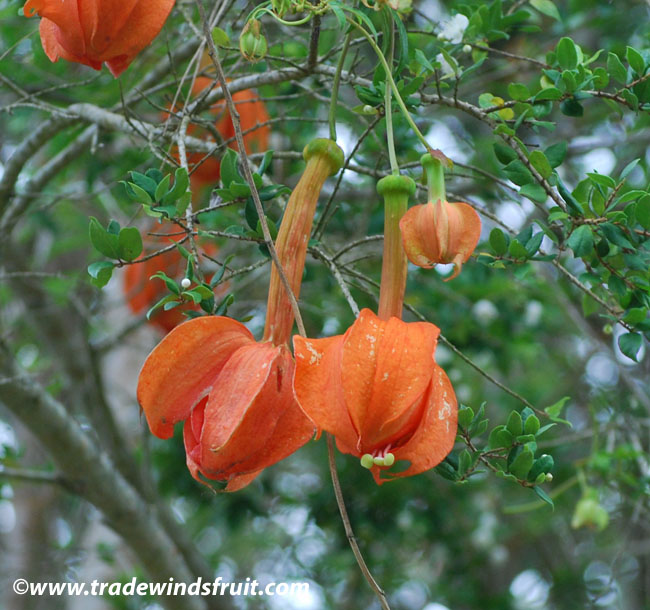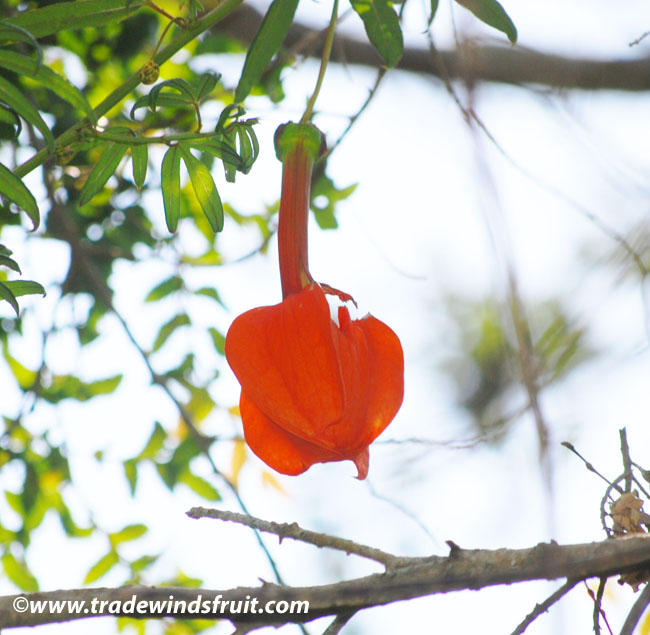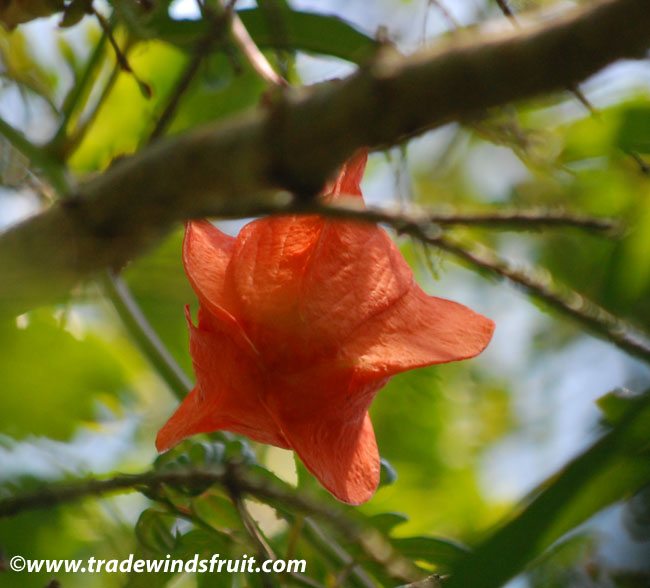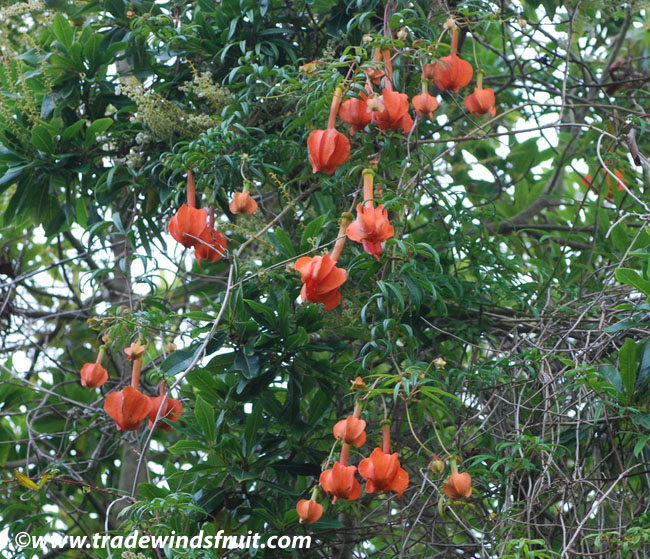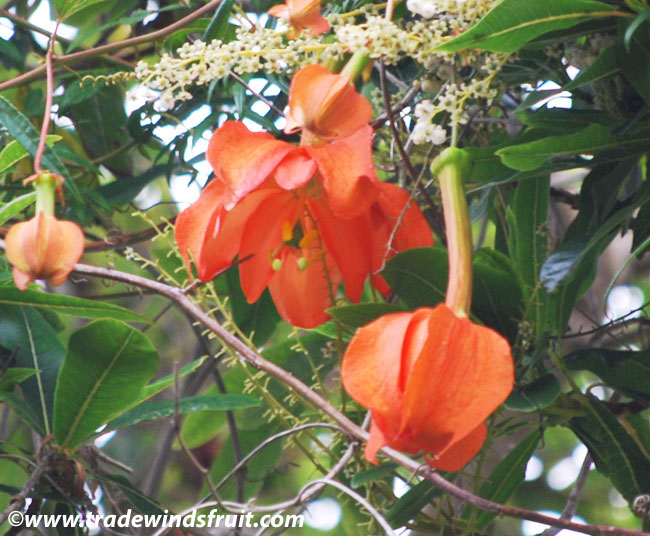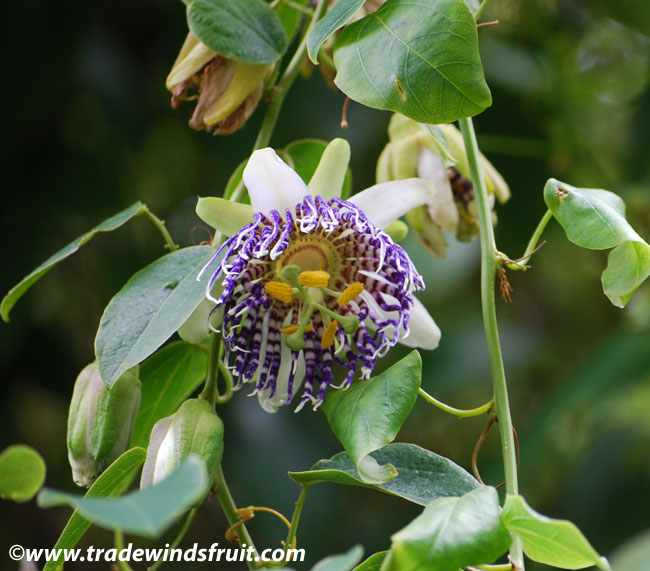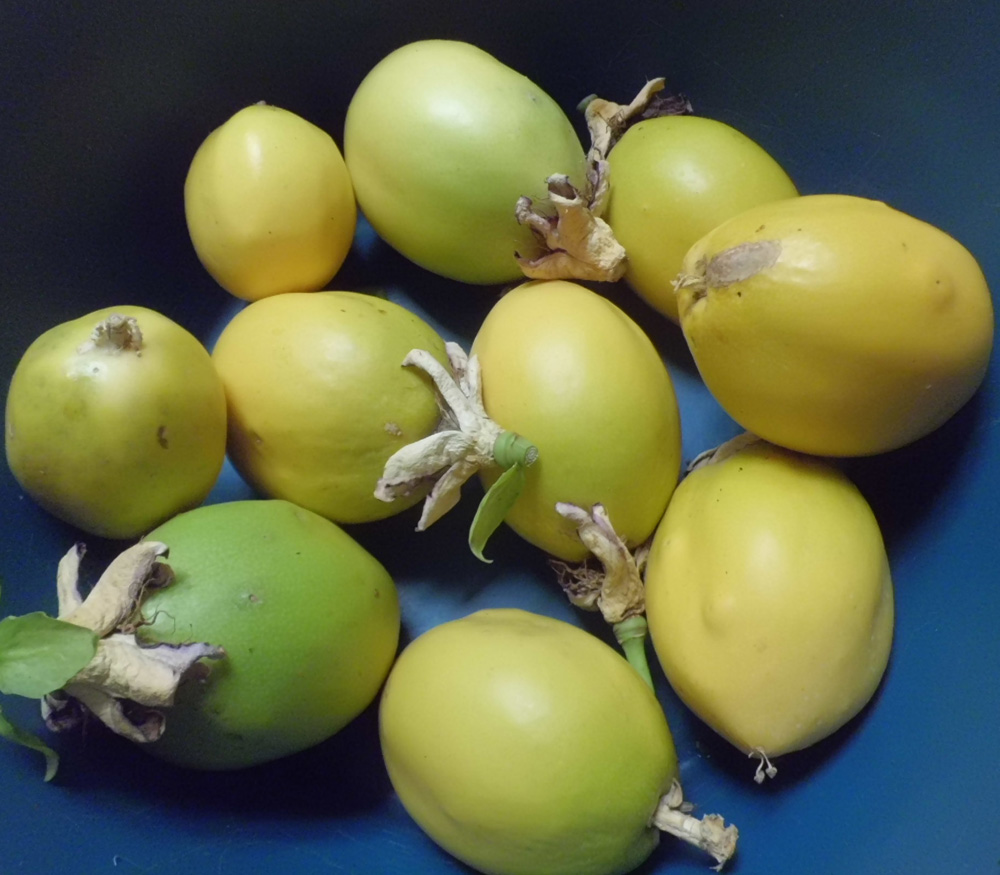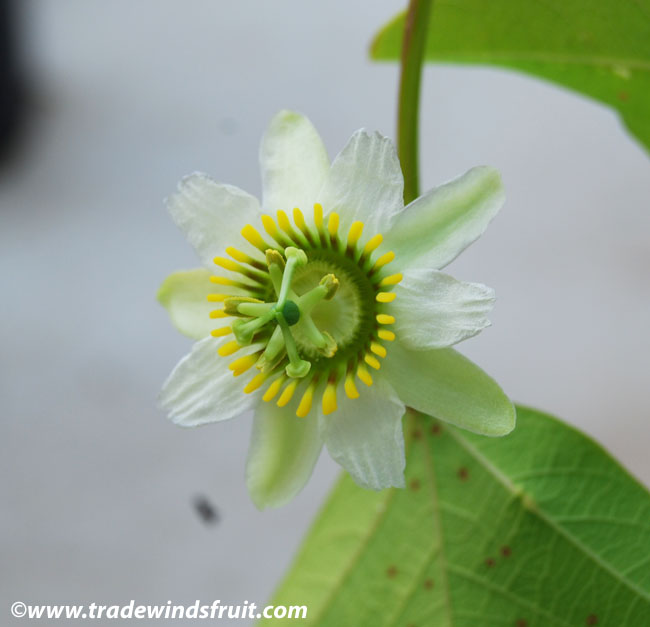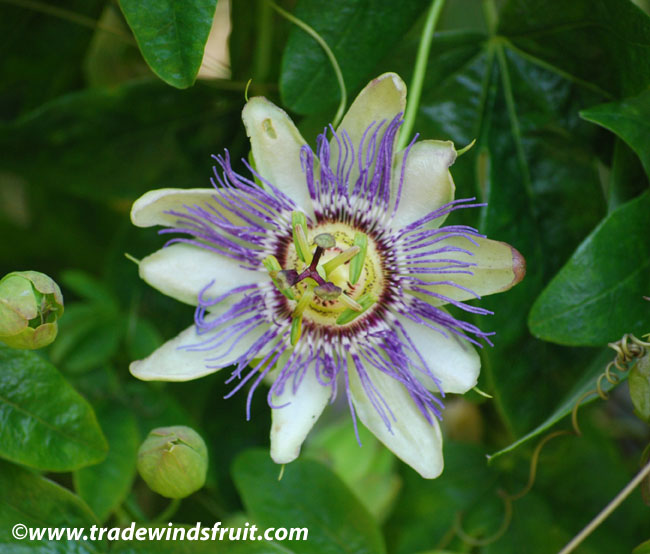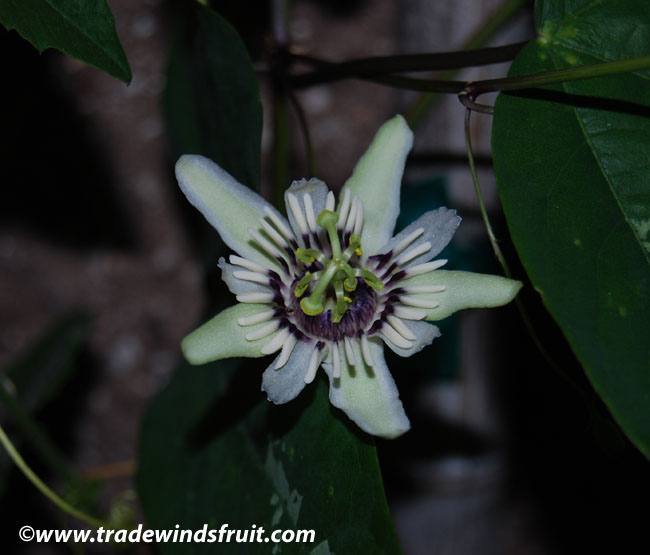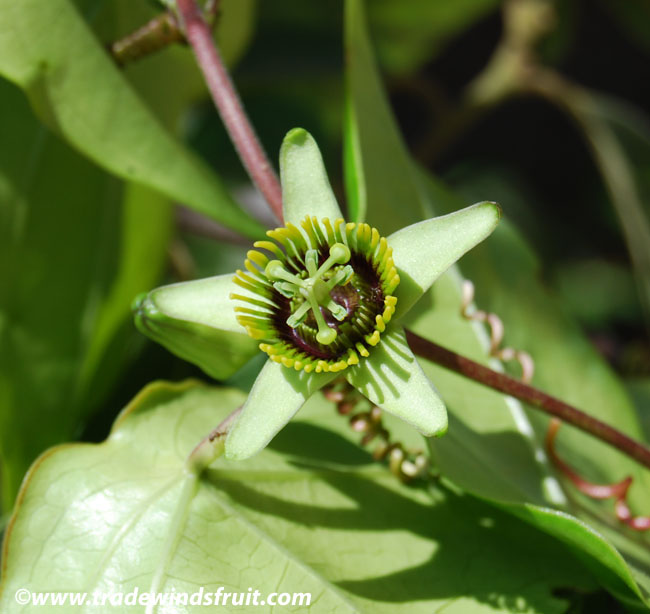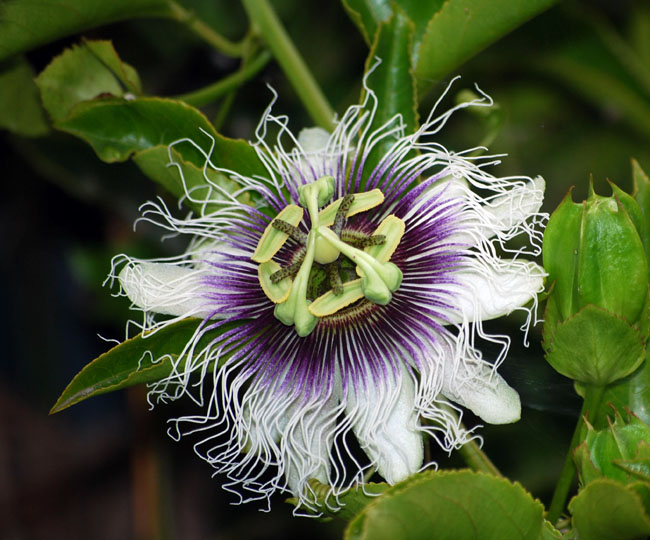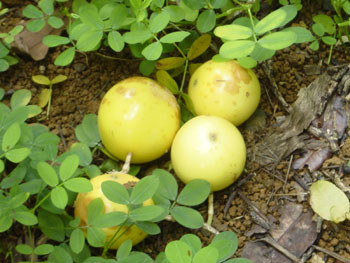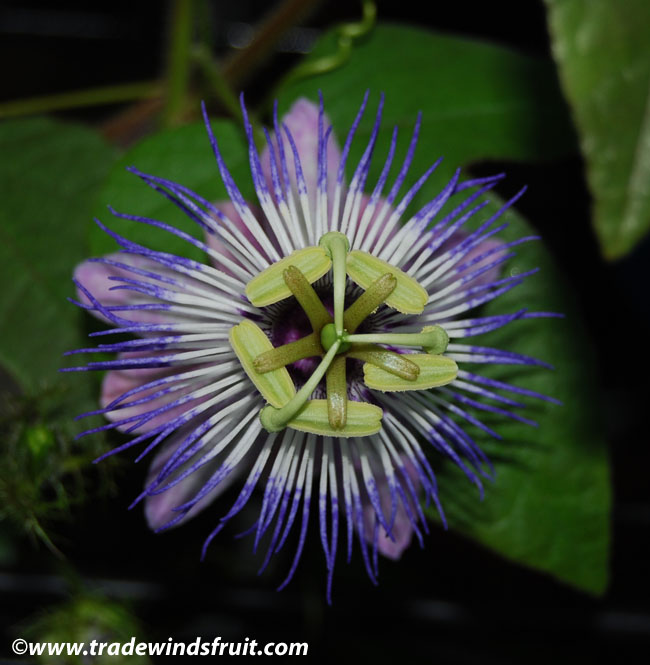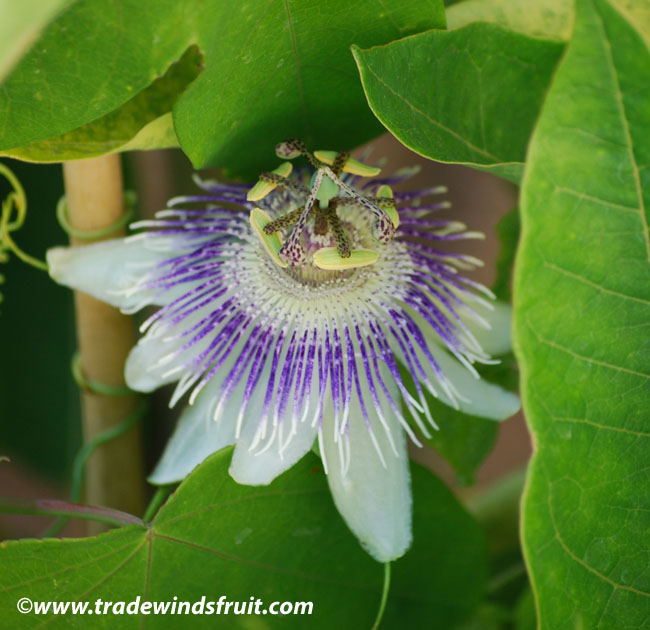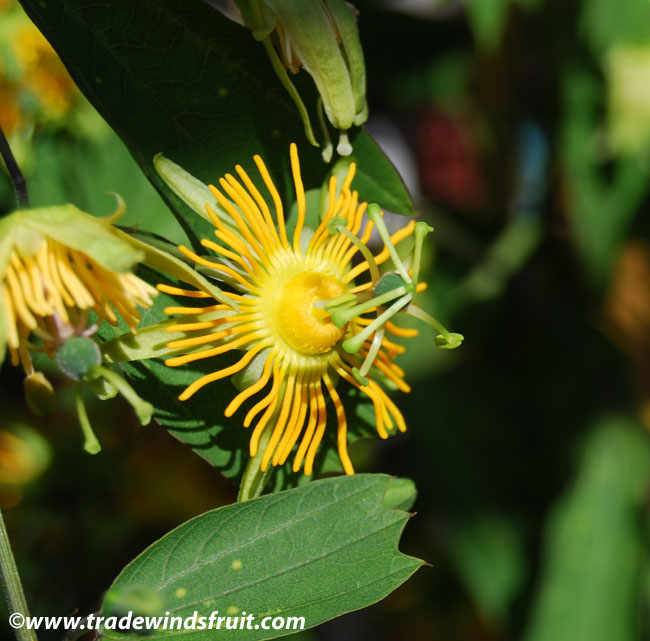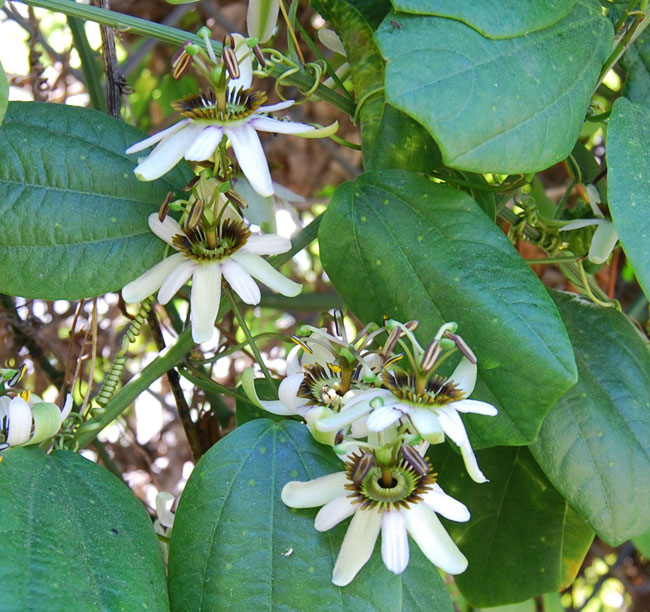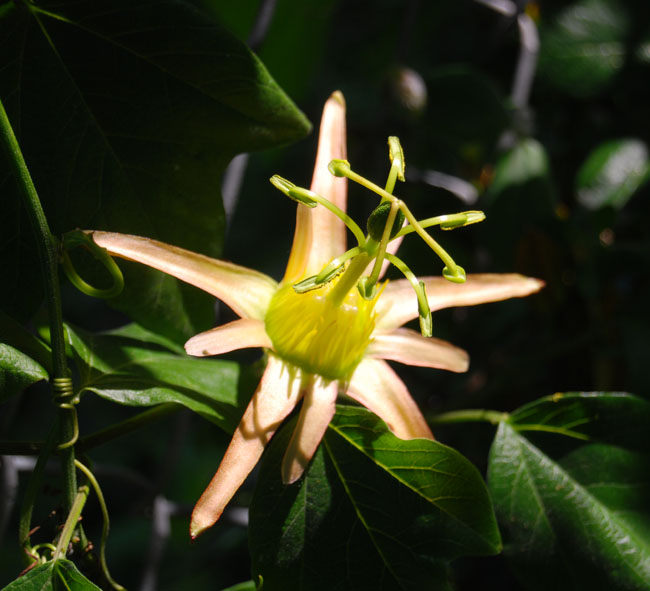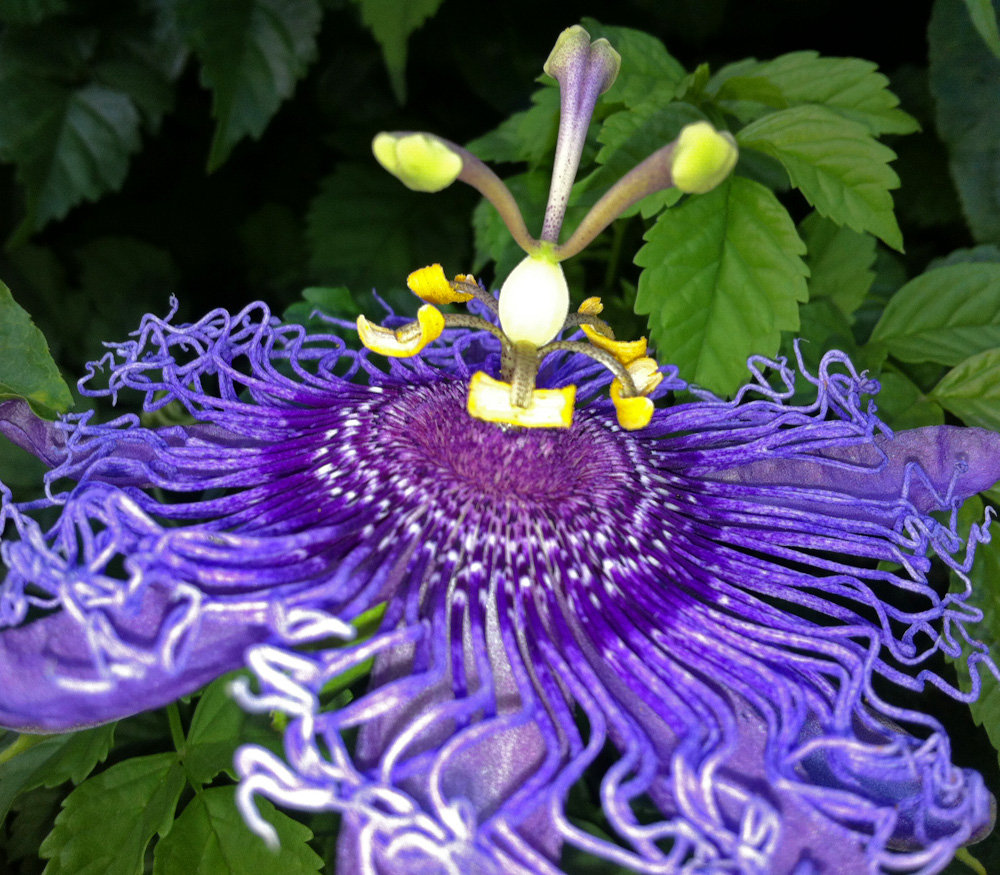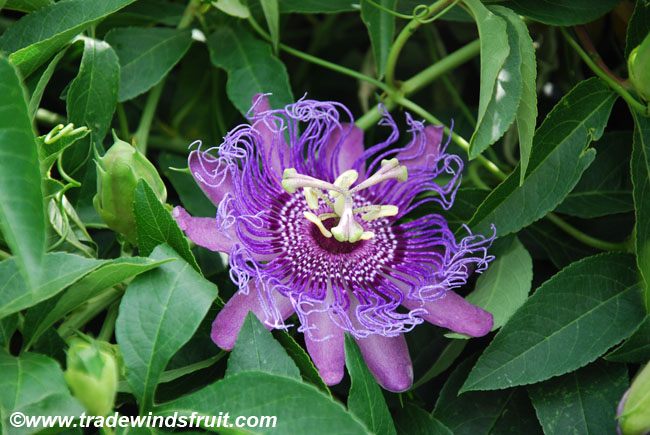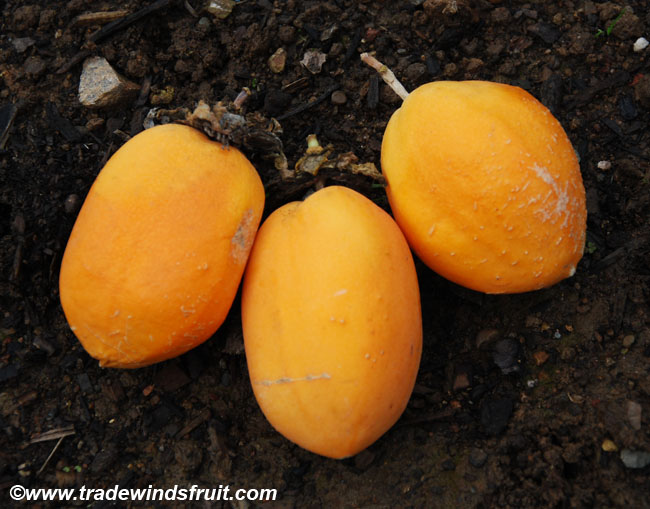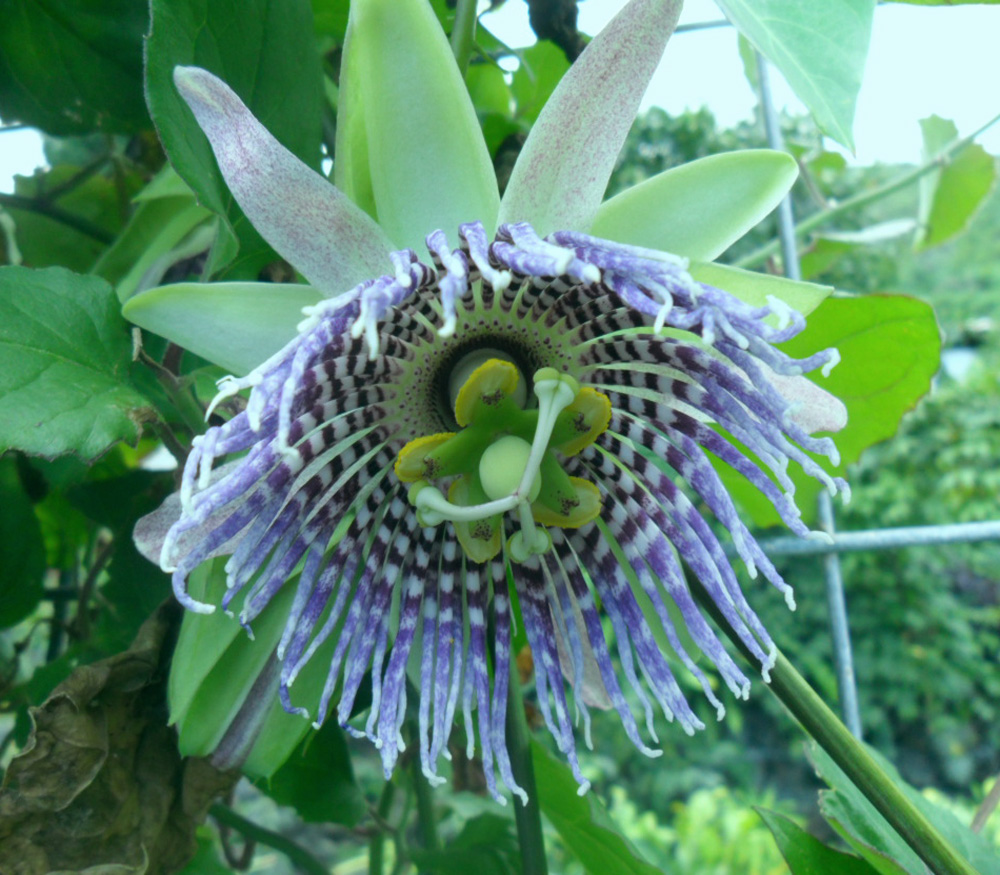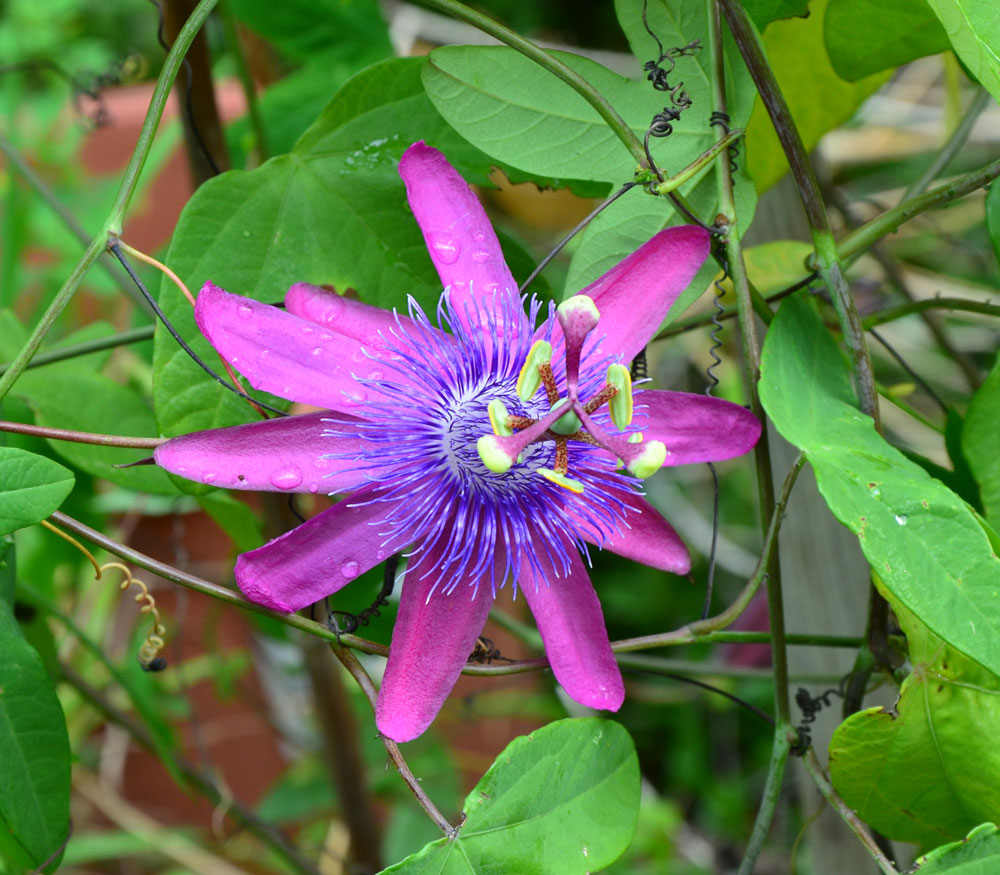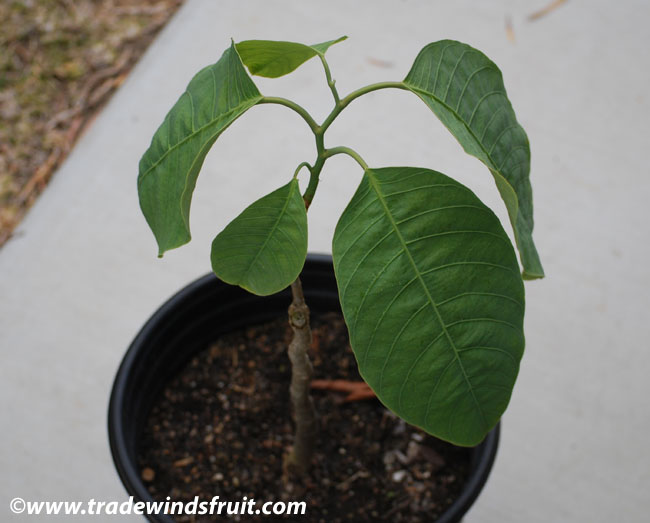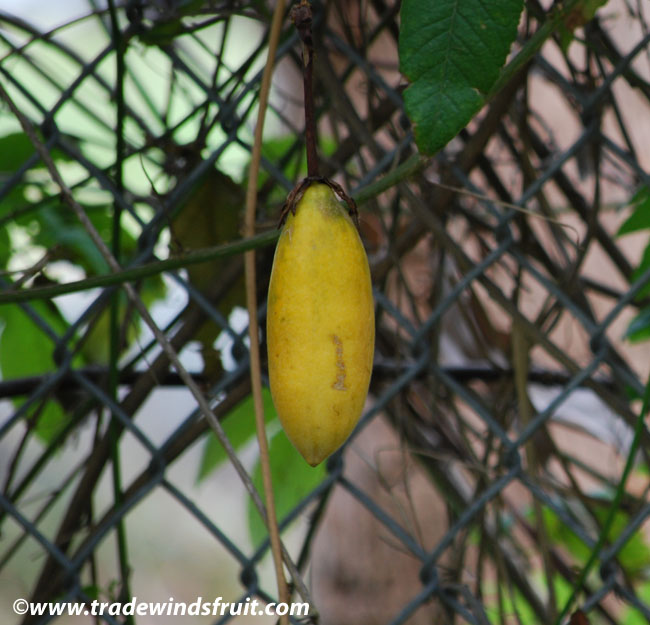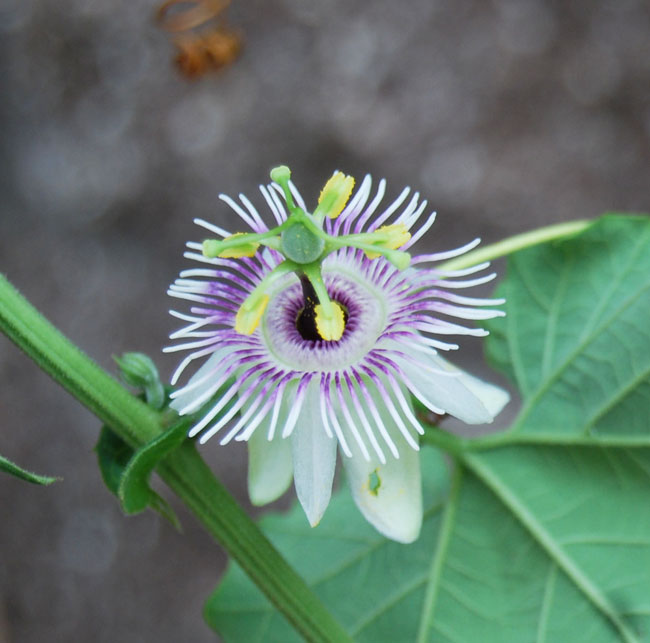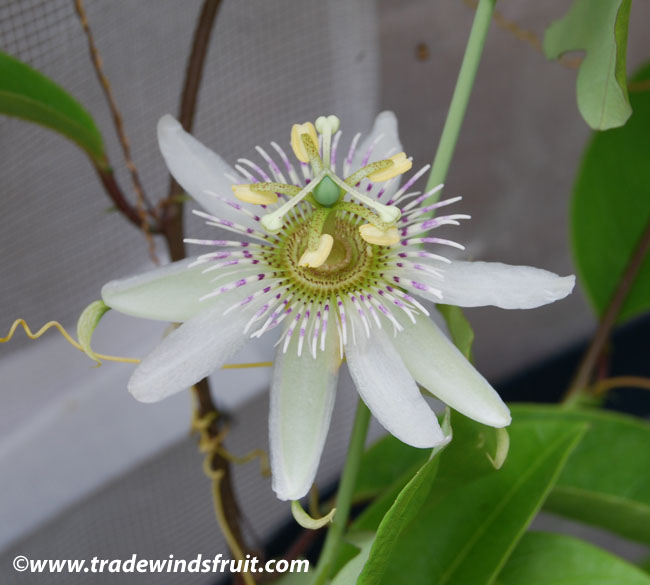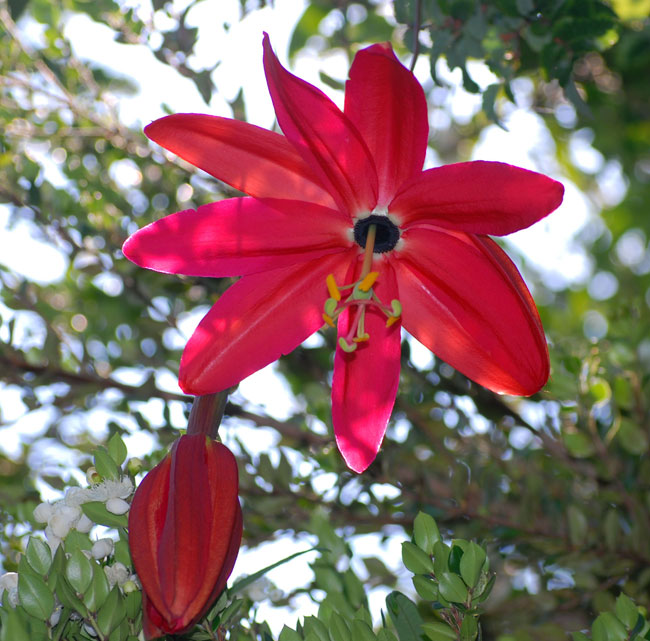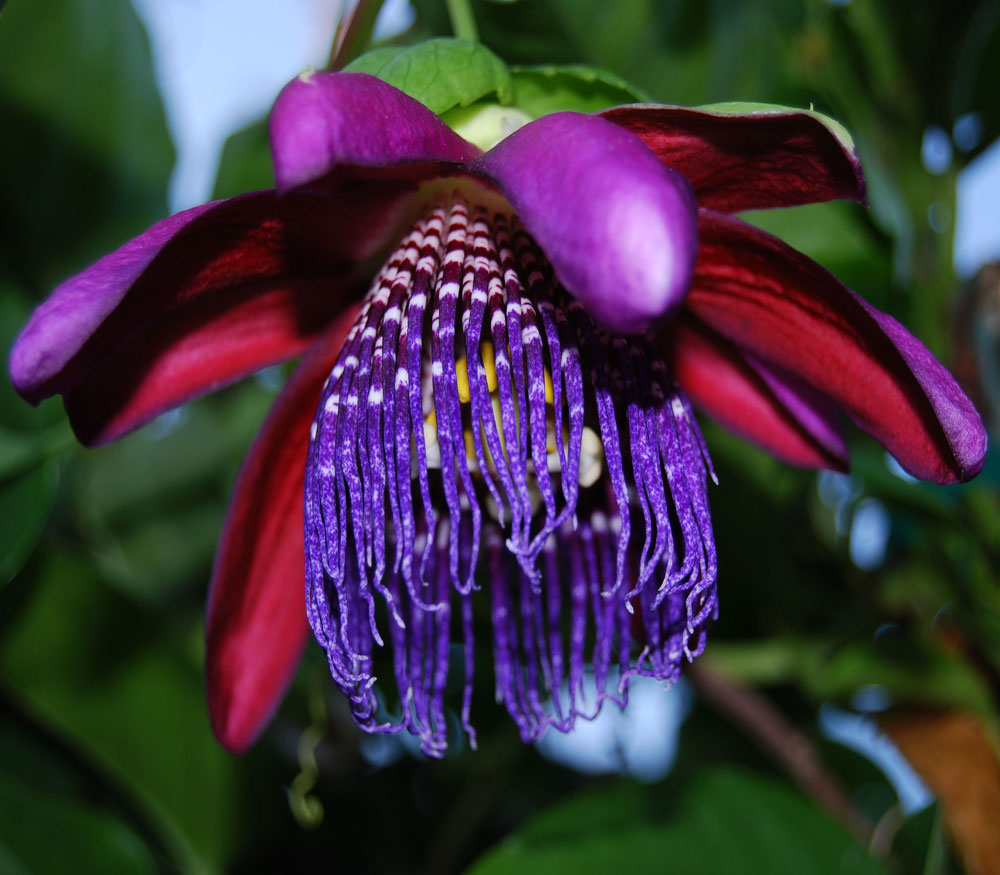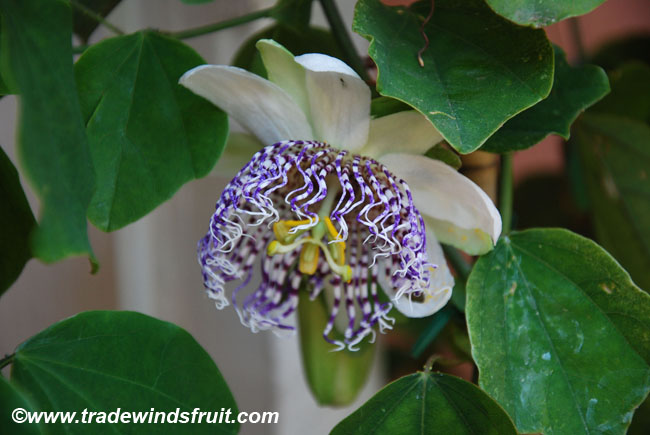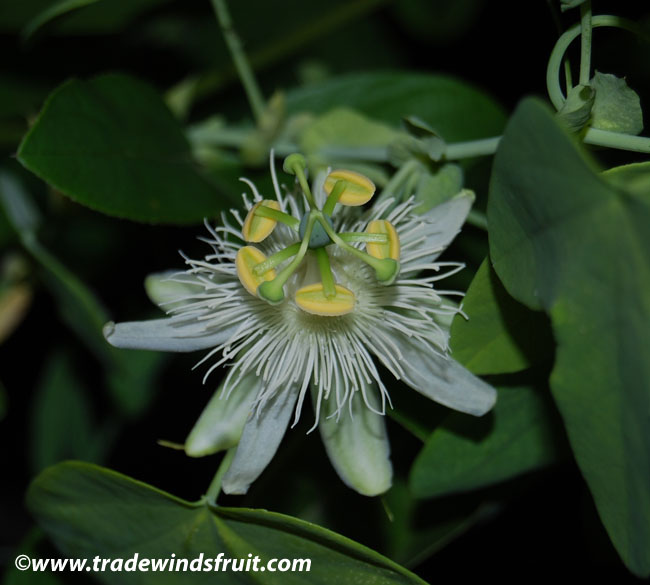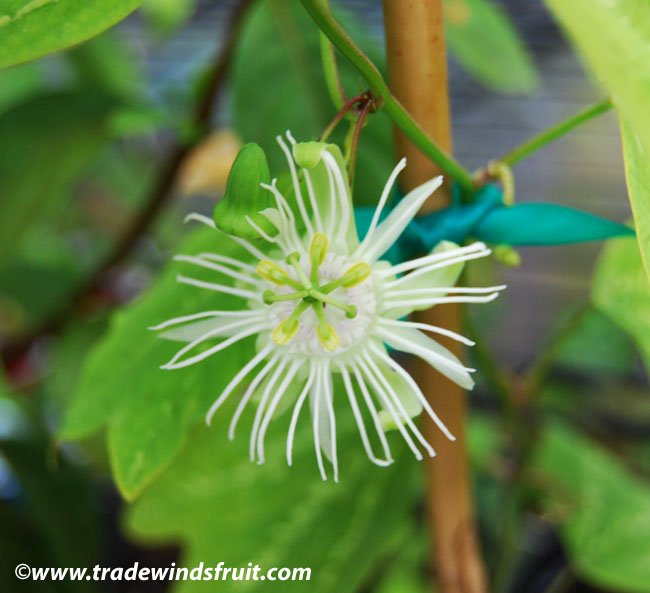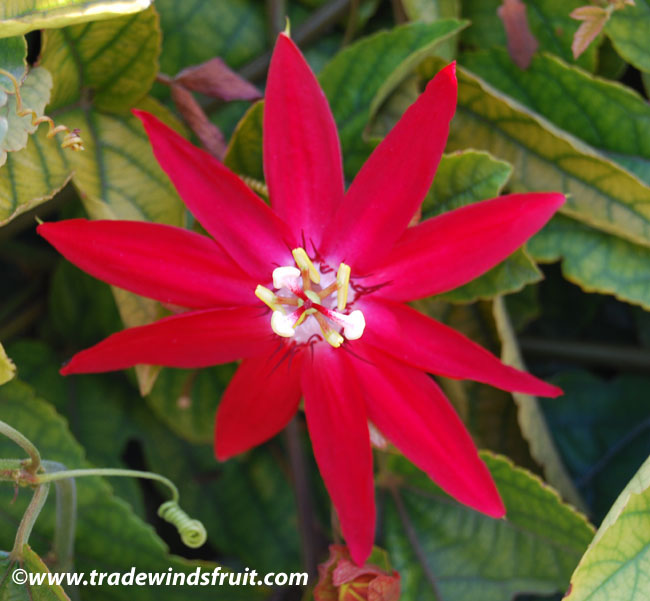- Home »
- Information »
- Passiflora parritae
Passiflora parritae
Passiflora parritae
One of just two or three Passiflora's considered the rarest in the world. Passiflora parritae has huge, tubular blooms with a beautiful orange-red color, distinct from all of its relatives.
Seed Availability
Seeds are not available for the Passiflora parritae. Please visit our seed store to view current selections.
Description
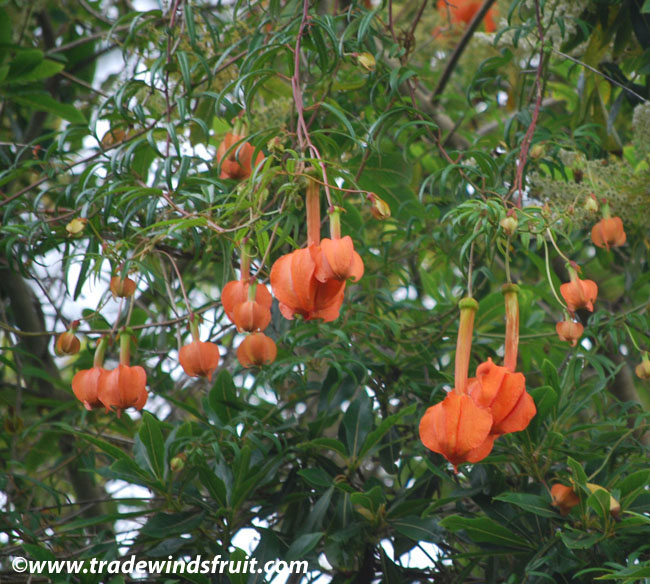 A vining perennial that can grow to 20-30ft and possibly more. Growth habit is similar to P. mollissima and P. antioquiensis. The large, tubular flowers, common to Passiflora's of the Tacsonia subgroup are born in July and August. As the story goes, the vine was discovered in the high mountains of Colombia and a single specimen was returned to the San Francisco Botanical Garden. Its native area was since destroyed from development and the vine is now unknown (and possibly extinct) in the wild. Until recently, all known P. parritae specimens came from this single plant. Unfortunately this species would appear to need a mate for cross-pollination to set fruit and as yet, few known seeds of P. parritae have been produced. There are a number of crosses, (and the crosses are still quite rare), most notably P. parritae x antioquiensis, P. parritae x exoniensis and P. parritae x tarminiana.
A vining perennial that can grow to 20-30ft and possibly more. Growth habit is similar to P. mollissima and P. antioquiensis. The large, tubular flowers, common to Passiflora's of the Tacsonia subgroup are born in July and August. As the story goes, the vine was discovered in the high mountains of Colombia and a single specimen was returned to the San Francisco Botanical Garden. Its native area was since destroyed from development and the vine is now unknown (and possibly extinct) in the wild. Until recently, all known P. parritae specimens came from this single plant. Unfortunately this species would appear to need a mate for cross-pollination to set fruit and as yet, few known seeds of P. parritae have been produced. There are a number of crosses, (and the crosses are still quite rare), most notably P. parritae x antioquiensis, P. parritae x exoniensis and P. parritae x tarminiana.
Hardiness
Exact hardiness unknown, probably to 25-28F.
Growing Environment
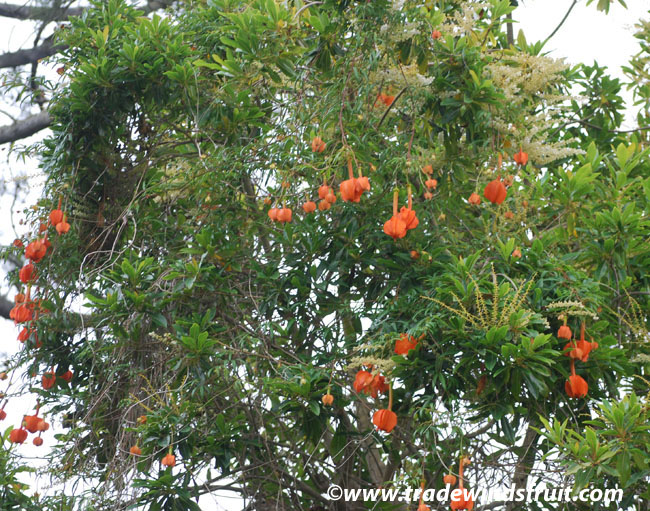 Another factor owing to the rarity of this species is its particular growing environment. It thrives in cool, foggy subtropical-like climates free of hard freezes and long frosts. Summer heat above 90F may cause foliage die-back and temperatures above 100F can be lethal. Water regularly. Protect from heat and freezes. Grow in part-shade (full-shade in warmer areas).
Another factor owing to the rarity of this species is its particular growing environment. It thrives in cool, foggy subtropical-like climates free of hard freezes and long frosts. Summer heat above 90F may cause foliage die-back and temperatures above 100F can be lethal. Water regularly. Protect from heat and freezes. Grow in part-shade (full-shade in warmer areas).
Propagation
Main propagation is by cuttings, which are extremely difficult to root. Viability rates run from 0-15% of cuttings rooting. There are a few reports of seeds being produced from cross pollination with another clone of P. parritae as well.
Uses
A gorgeous ornamental, highly sought after and extremely rare.
Native Range
Possibly extinct in the wild. Known only to high mountains of Colombia. A single specimen has since been multiplied and is making its rounds among botanical gardens and Passiflora enthusiasts.

